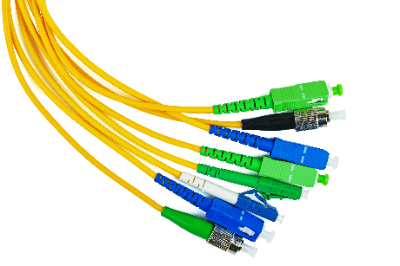What Is a Connector Cable?

Connector cables are used to connect various devices or equipment, facilitating the transfer of data, video, and audio signals. They come equipped with connectors at one or both ends for easy connection to various input/output devices. Designed for plug-and-play use, they are user-friendly and easily replaceable. However, compatibility between devices is essential, and sometimes adapters or conversion cables are necessary for mismatched connectors.
Uses of Connector Cables
Connector cables have diverse applications:
- Data Transfer: USB cables are commonly used for transferring data between devices like smartphones and computers.
- Charging: Used for charging electronic devices, with different connector types like Lightning for Apple products and USB-C for Android devices.
- Video/Audio Transmission: HDMI cables connect TVs and monitors to DVD players and other devices for high-definition audiovisual experiences.
- Networking: Ethernet cables are essential for building computer networks in homes and offices.
Principle of Connector Cables
Connector cables are designed to transmit information and power. They consist of conductors, insulators, shields, and connectors:
- Conductors: Made of copper or aluminum, conductors carry electric current.
- Insulators: Insulate the conductors from each other to prevent short circuits and interference.
- Shielding: Protects the internal signal from external electromagnetic and radio frequency interference.
- Connectors: Facilitate physical connections to devices, containing pins or plugs to establish electrical connections.
Types of Connector Cables
Diverse types of connector cables are available for various applications:
- USB Cables: For data transfer and charging, with various types like USB-C, Micro USB, and Mini USB.
- HDMI Cable: Transmits high-resolution video and audio; longer lengths may require specific connection directions.
- Ethernet Cable: Used for computer networking, typically featuring RJ-45 connectors.
- VGA Cable: Transmits analog video signals, commonly using 15-pin D-sub connectors.